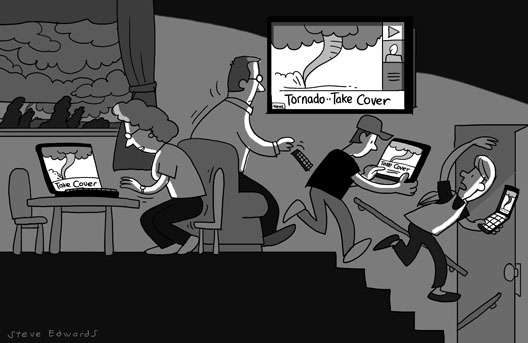Pointing and clicking is not enough
AFP photographer Emmanuel Dunard’s photo of a praying Aline Marie at a Newtown, Conn., church brings up an issue where many photojournalists and members of the public disagree.
Marie considered her praying outside the St. Rose of Lima church on the night of the shootings to be a private moment. She says she “felt like a zoo animal” when she realized that a number of photographers from across the nation and world were photographing her.
In this and other similar circumstances, photojournalists often seem to think that a good photo trumps a person’s privacy. Accordingly, they often hide behind the “I’m shooting from a public space” rationale to justify their actions. But the “public space” position is a legal argument – and one that most members of the public either do not understand or with which they disagree.
The “privacy” issue is, for most people, one that has little to do with the law. Rather, people tend to think that their private activities – whether or not they happen to take place in or near a public place where photojournalists might congregate – are simply that: private activities.
Members of the public – what First Amendment cases refer to as “private” rather than “public” individuals – simply see it as the decent thing to do for a photojournalist to ask to photograph, or use/publish an already taken image. Photojournalists employing such sensitivity generally tend to discover that private individuals are grateful to have been asked and gladly grant permission.
Few photojournalism ethics codes and policies require or encourage photographers to get permission from members of the public before publishing their images. Were such policies encouraged, they would make the professional lives of photojournalists more difficult. But the end result would be a public feeling better about its media. And such an outcome would justify the few extra minutes of time a photojournalist would take on an assignment.
